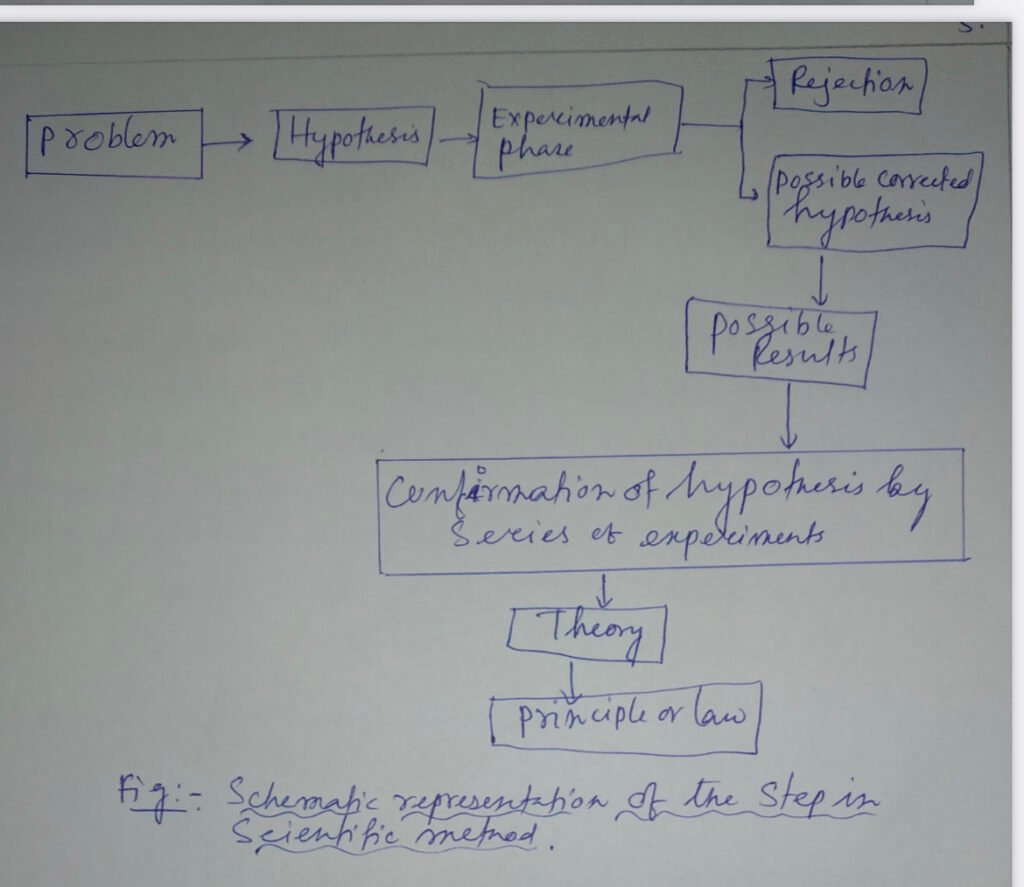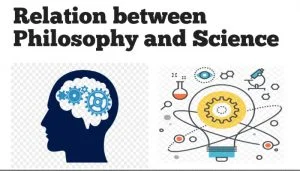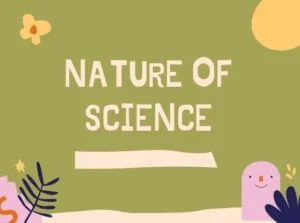The scientific method may otherwise be called the problem-solving method. Also known as the method of science or method of scientist. The scientific method is the procedure that scientists use in the pursuit of science.
The scientific method consists of systematic observation, classification, and interpretation of data
According to M.C Guigan- “Scientific method is a serial process by which all sciences attain their answer to their question”
For the continuous appraisal of this method, the teacher should provide such situations and activities that are conducive to its development and training.
Example: 1. the whole class can be set for any study 2. Individual laboratory experiments which involve some aspects of the scientific method may be assigned by a teacher
Characteristics of Scientific method
A method for being called a scientific method must have the following essential features-
- Objectivity: Scientific method is quite objective in its approach and altogether free from biases and prejudices.
- Definiteness: It is characterized by definiteness in its process as well as product. The result arrived at through the study made by this method is quite reliable and valid
- Verifiability: Here results are not accepted unless they are verified through adequate tests and experiments.
- Generality: The conclusion or results derived from the scientific method shows a marked characteristic of generality. Firstly, it means that the inductive method is used in making generalizations out of particular events or happenings, and secondly, the principles and laws established through this method are quite universal, having generalized application in similar other situations.
- Predictability: In a given situation under known circumstances, what would happen to a particular object or phenomenon, can be safely predicted through the proper generalized results of the scientific method.
- Modifiability and Dynamicity: The results obtained by the scientific method are never final, absolute, and static. They are open to verification and experimentation. Thus what is true today may prove to be wrong tomorrow on the basis of new information and findings.
Steps of the Scientific method
The steps of scientific methods are as follows-
- Sensing the problem: A situation should be provided to the students in which they feel the need of asking and enquiring the teacher. The teacher can also raise a problem by providing such situations which stimulate reflective thinking and setting up of arriving at a rational solution. The time, availability of the material relevant to the problem, and its practical value should also be considered
- Defining the problem: The students define their problem in scientific language and proceed towards a solution. This defining of the problem serves the ‘what’ part of their question, while the how and ‘why’ parts are yet to be in question. The teacher should help the students in framing a statement of the problem as a student in framing statement of problem a student may find it difficult to define the problem themselves
- Analysis: The students now find the keywords and phrases in the problem which provide clues to the further study of the problem at the same time, the students must have knowledge of every keyword and an understanding of the whole problem. In our selected problem, heartbeat is the key word that gives us information.
- Collection of data: After analyzing the problem, the teacher suggests references to the problems. The students need to plan the subsequent activities. They must discuss, consult references, and use audio-visual aids such as models, pictures, etc. while collecting data, as far as possible mechanical and personal errors should be avoided unnecessary data should also be discarded.
- Interpreting the data: This step involves reflective thinking. This phase of problem-solving demands a great amount of guidance from the teacher because students may not be able to interpret data in the correct way due to a lack of experience. The data is organized based on similarities and differences. They can construct tables and graphs. The superfluous data should be discarded.
- Formation of Hypothesis: After the interpretation of data, the students are asked to formulate a tentative hypothesis. A hypothesis is a probable solution to the problem at hand. The hypothesis should be free from bias and self-inclination.
- Selection and testing of the most appropriate hypothesis: The students can select the most tenable hypothesis by rejecting others through experimentation and discussion.
- Drawing conclusions and making generalizations: In this step, the conclusion is drawn from the selected hypothesis. The results should support the expected solution. Experiments can be repeated to verify the consistency and correctness of the conclusion drawn. A drawn conclusion should be properly reported. When some conclusions are drawn from different sets of experimentation under similar situations, they may go for the generalization of their conclusion.
- Application of generalization to a new situation: The students should be able to apply a generalization to new situations in their daily life and hence, minimizing the gap between classroom situations and real-life situations

Conclusion: Thus, the scientific method involves a definite and set procedure of attacking a problem, finding out its solution inductively, and lastly testing its adequacy of generalization by a deductive approach



